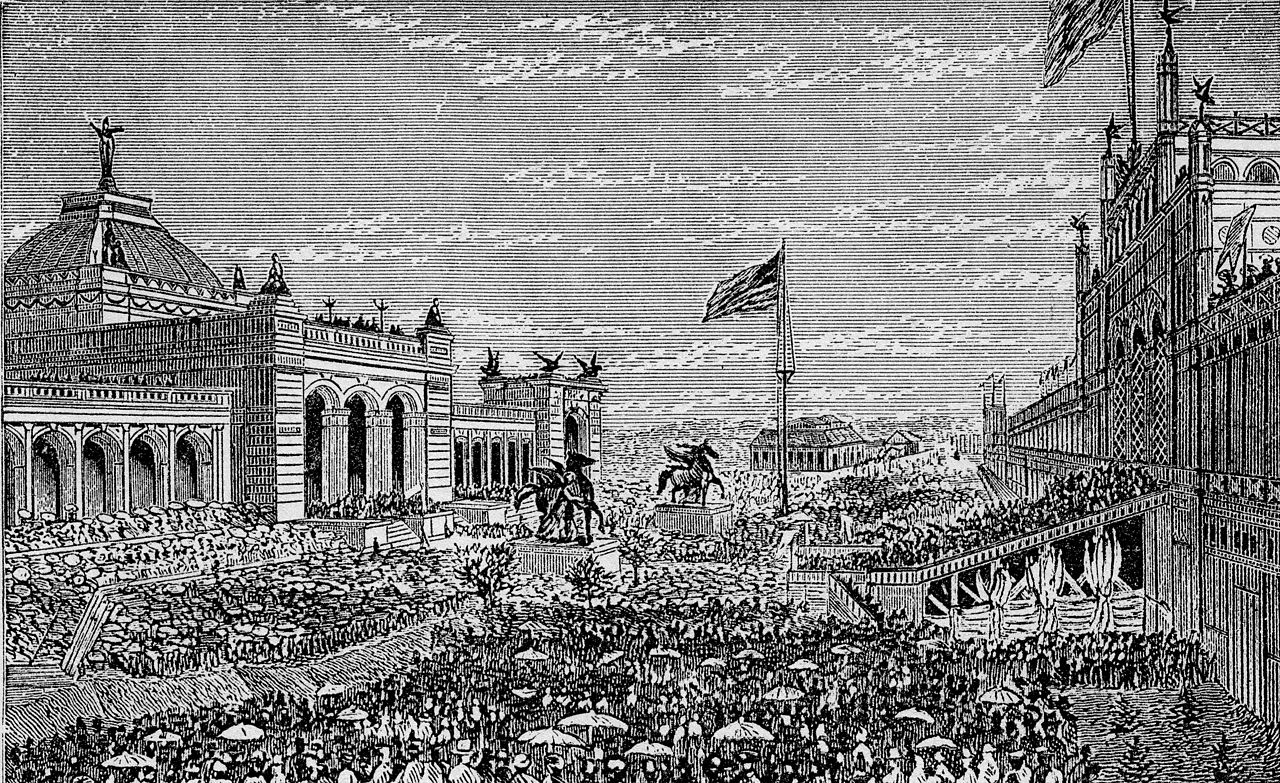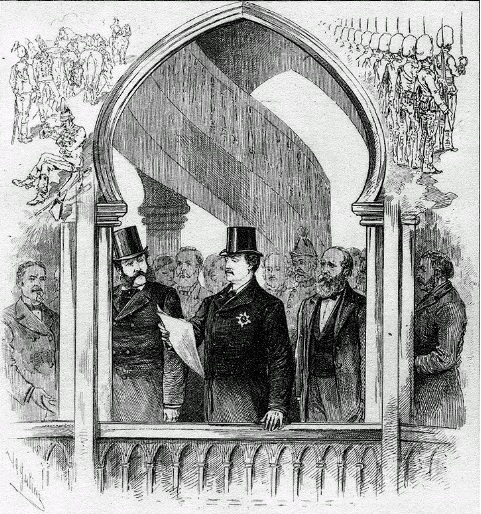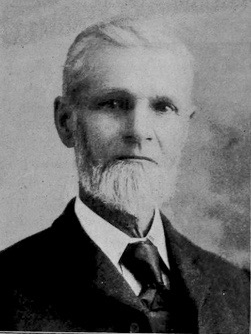
An enduring dynasty : The Hurdman Brothers
The Hurdman Brothers
Section 50, Lot 33 N
One of Ottawa’s enduring dynasties, the Hurdman brothers were pioneers in industrial and agricultural development along the Rideau River. The patriarch of the clan, Charles Hurdman, was one of the first European arrivals in the Ottawa Valley.
Originally from Ireland, he joined Philemon Wright’s settlement in Hull. After six years, he left Wright’s employ to farm his property on the Aylmer Road.
His first son, William H. Hurdman, was born in Hull in 1818, and was the first child born of old country parentage in Hull. Under the name ‘Hurdman Brothers,’ William started the family lumber business in 1841 with his brothers Charles and Robert. It became one of the largest timber operations in Quebec.
 |
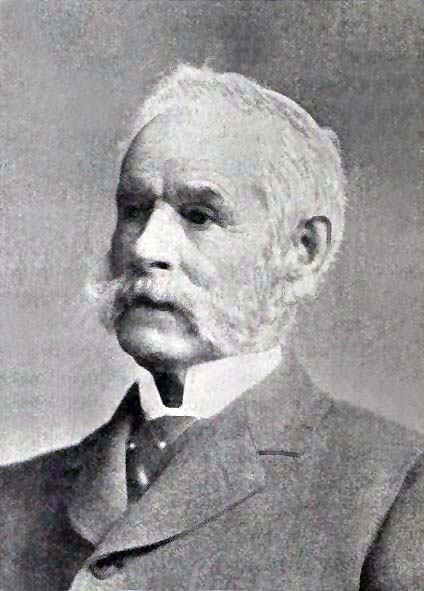 |
| Robert Hurdman | William Hurdman |
In the early 1870s, William and Robert established themselves in the Junction Gore area of Gloucester Township, branching into large-scale farming. Eventually, both brothers were farming 200 to 300 acres each, using the most progressive methods of the day.
William became director of two district agricultural societies. They won international awards for their horse breeding at the Centennial Exhibition of 1876 in Philadelphia.
The Centennial International Exhibition of 1876, the first official World's Fair to be held in the United States, was held in Philadelphia, Pennsylvania, from May 10 to November 10, 1876, to celebrate the 100th anniversary of the signing of the Declaration of Independence in Philadelphia. Officially named the International Exhibition of Arts, Manufactures, and Products of the Soil and Mine, it was held in Fairmount Park along the Schuylkill River on fairgrounds designed by Herman J. Schwarzmann. Nearly 10 million visitors attended the exposition, and 37 countries participated in it.
William also organized the Dominion Exhibition of 1879.
The Dominion Exhibition was an exhibition held annually in Canada from 1879 to 1913. Every year the federal government awarded the role of host of the exhibition to one of the country's larger fairs. The first exhibition was held in Ottawa in 1879, and the final exhibition was held in Brandon, Manitoba in 1913. The outbreak of the First World War meant no exhibition was held in 1914, and the event was not revived after the war.
The brothers continued working in the lumber industry as well. They built their own bridge across the Rideau River to connect with their lumber and storage yards, and allowed travellers and the municipality to use it. It was the third span across the Rideau.
When the Great Fire of 1900 wiped out the family’s lumber mills at the Chaudière, the Hurdman brothers did not rebuild and decided to concentrate their efforts on farming.
1900 Hull–Ottawa fire - Around 10 AM on April 26, 1900 a defective chimney on a house in Hull caught fire, which quickly spread between the wooden houses due to windy conditions. Within two hours the blaze had destroyed several surrounding blocks. At that point it began to spread along the river, where there were large lumber companies on the banks and islands, and huge amounts of stacked lumber that quickly ignited. By 1 PM the fire jumped the river on embers and set the Ottawa side ablaze.
Two thirds of Hull was destroyed, including 40 per cent of its residential buildings and most of its largest employers along the waterfront. The fire also spread across the Ottawa River, carried by wind borne embers and destroyed a large swath of western Ottawa from the Lebreton Flats south to Dow's Lake. About one fifth of Ottawa was destroyed with almost everything in the band between Booth Street and the rail line leveled. Much of the city's industry was destroyed, including two major ironworks, two flourmills, and both the Ottawa Electric Railway and Electric Lighting Company. Parliament was adjourned following the loss of power.
William and Robert established the earliest and largest piggery in Gloucester Township. The area around their farms became known as Hurdman’s Bridge, a populous area of farmers and railway workers, including many German immigrants. It is now the site of the Ottawa railway terminal. William Hurdman died on Feburary 20, 1901, Robert Hurdman died in May 4, 1904 and Charles in 1906.
The present contracting firm of Hurdman Brothers (T. Fraser and Walter) was hired to remove the railway tracks from the downtown core of Ottawa in the late 1950s. Today, the firm specializes in moving heavy machinery and equipment.
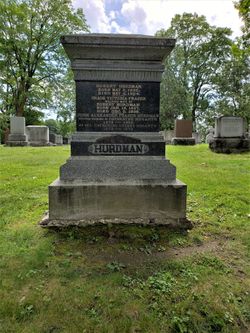
|
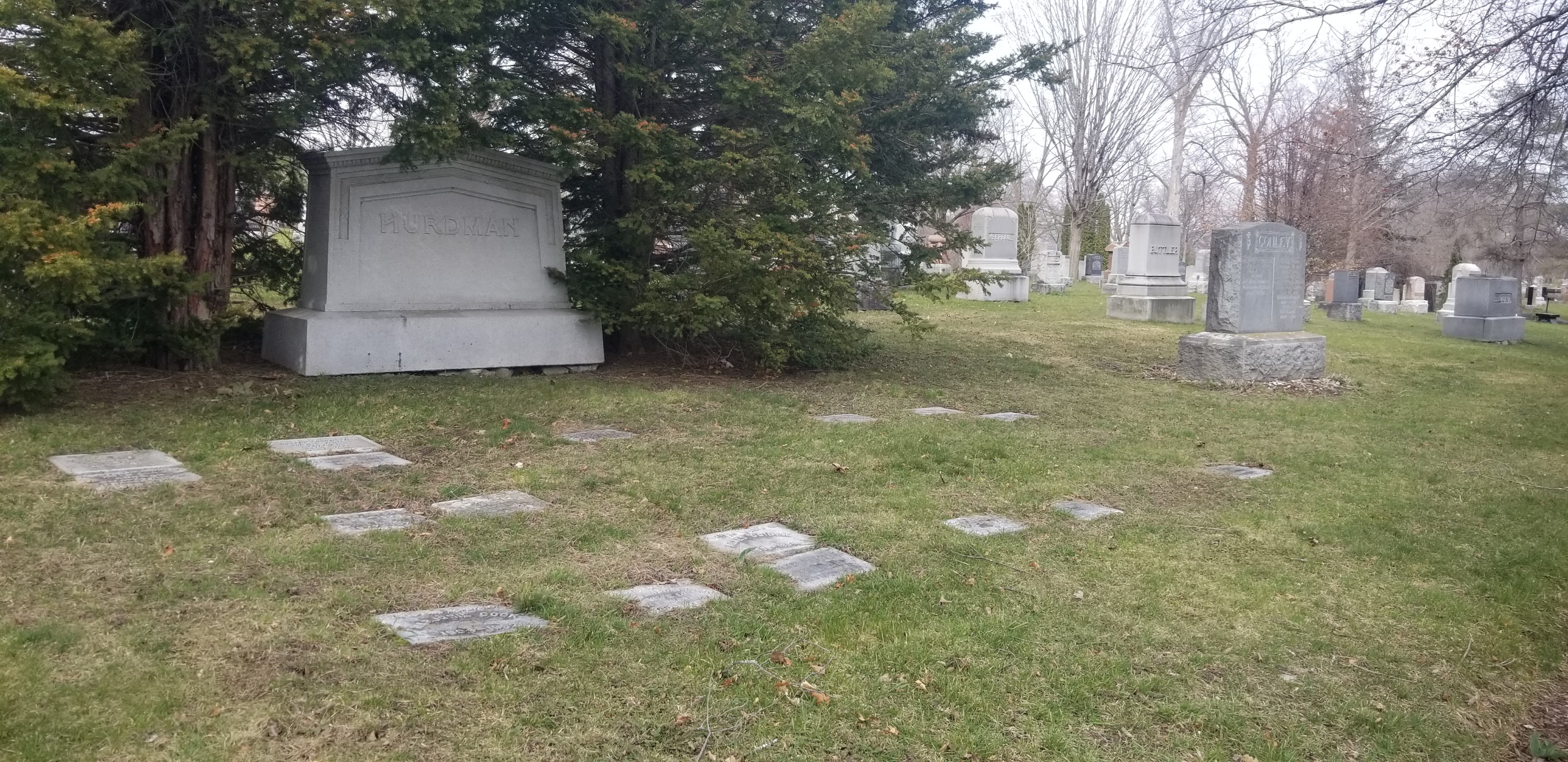 |


